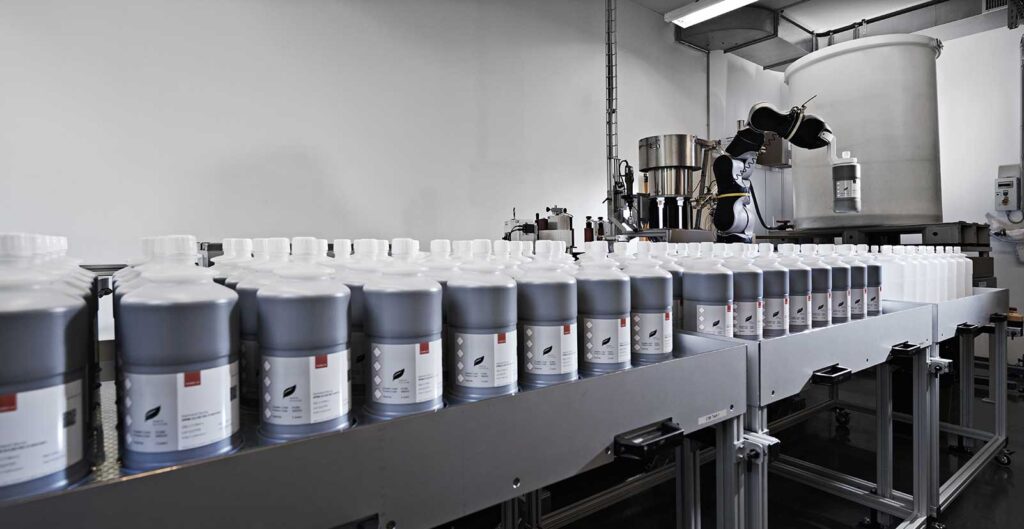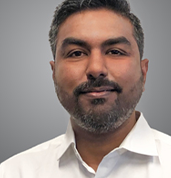Solutions
Lapping
Achieving Precision and Excellence
Understanding the Lapping Process

Precision and Flatness: Our Commitment
We understand the criticality of precision in modern industries. Our consumables for the lapping process are meticulously crafted to achieve remarkable flatness, tight tolerances, and surface finishes that meet or exceed our clients' exacting requirements. We employ state-of-the-art products and follow strict quality control protocols to ensure the highest level of accuracy and consistency throughout the lapping process for our customers.
Versatility in Lapping Materials
Our expertise in lapping spans across a broad spectrum of materials. No two projects are the same, and we take pride in our ability to tailor our consumables for the lapping process to meet the unique demands of each application. Whether it's achieving superior flatness, edge retention, or surface roughness, our skilled technicians and engineers work closely with clients to understand their needs and deliver customized lapping solutions.
Interested in Lapping?

Dr. Ravi Bollina
- CSO & Executive Board Member
- tel:+91 7799882807
- rbollina@pureon.com
